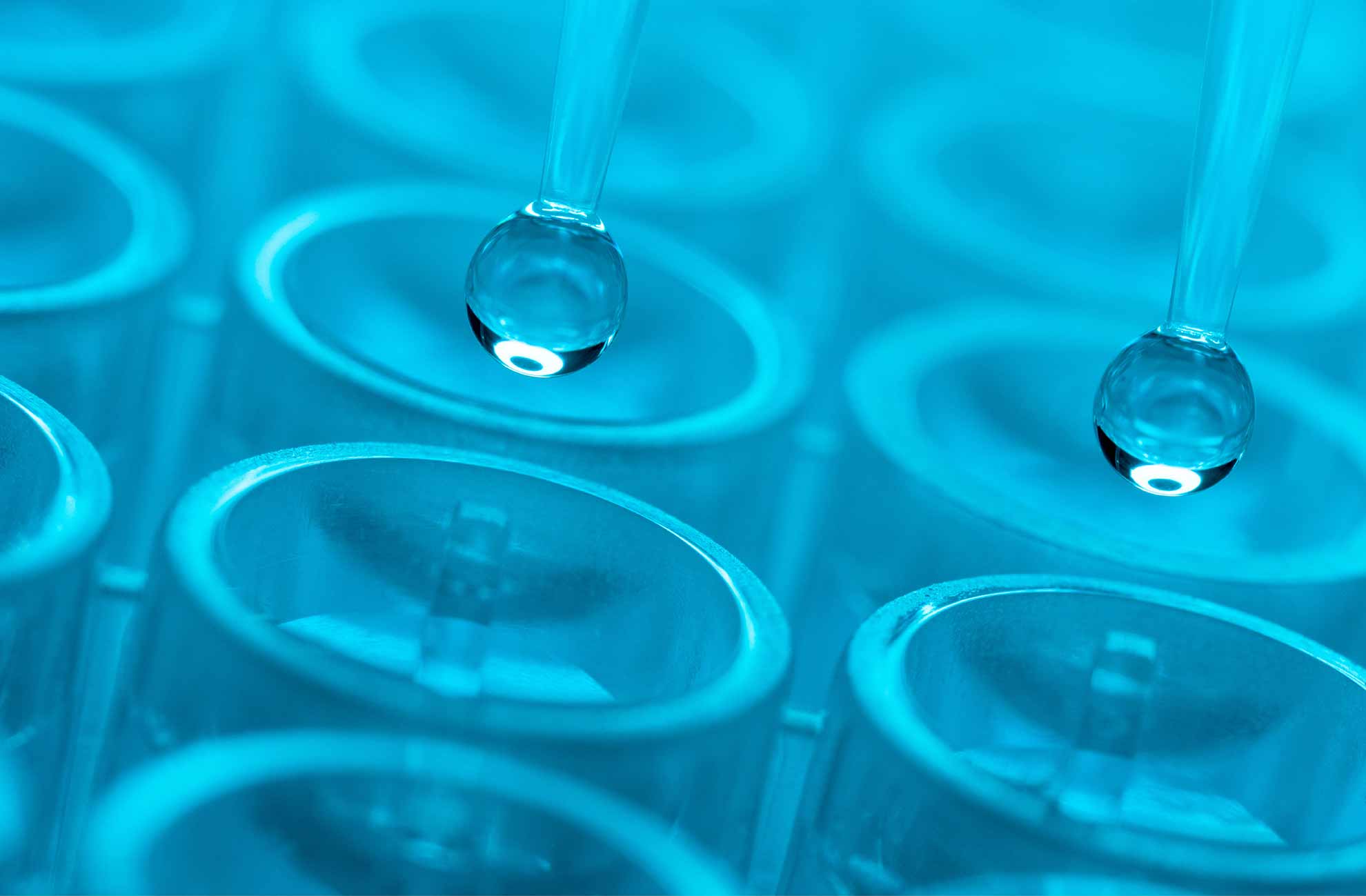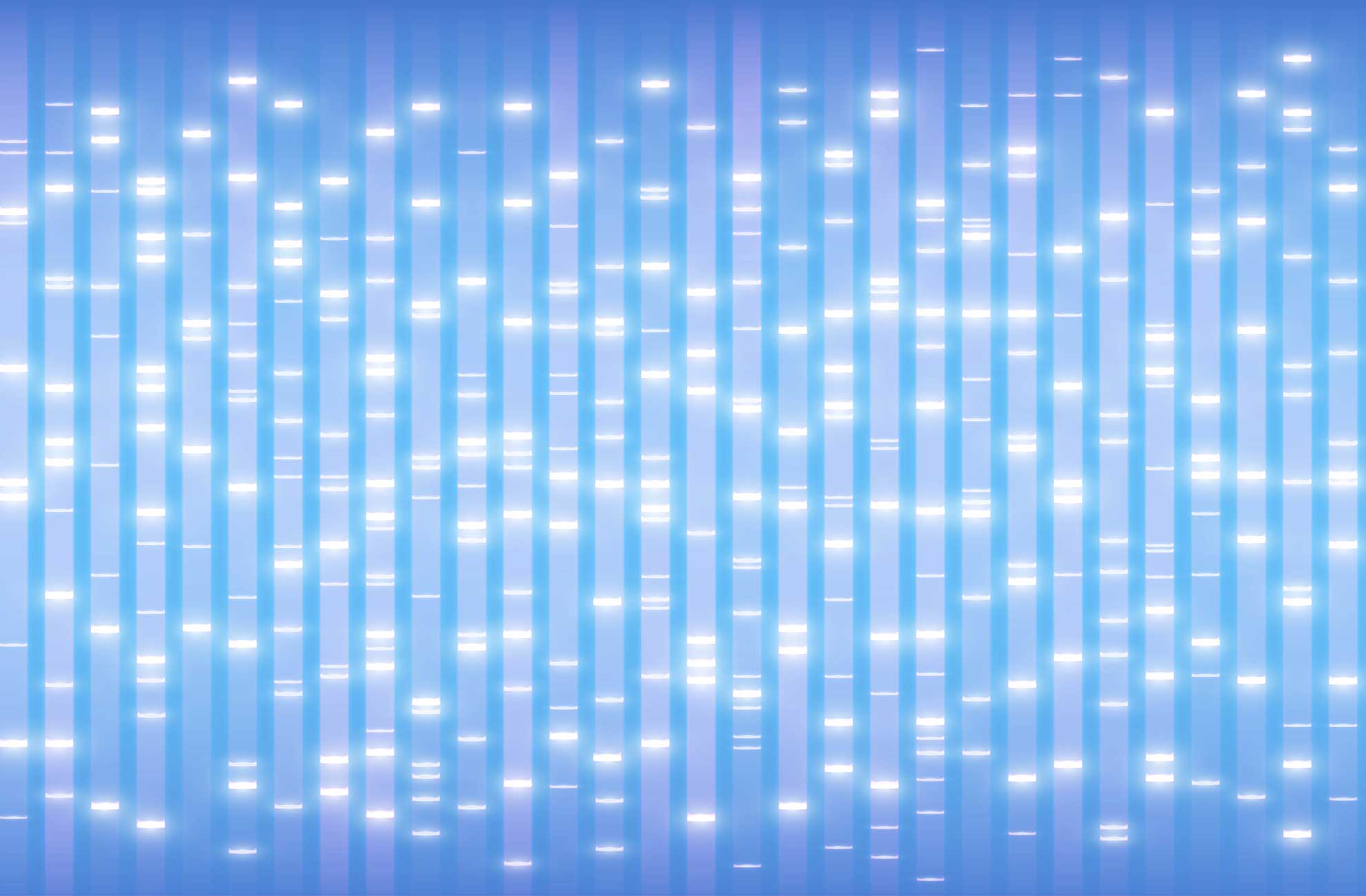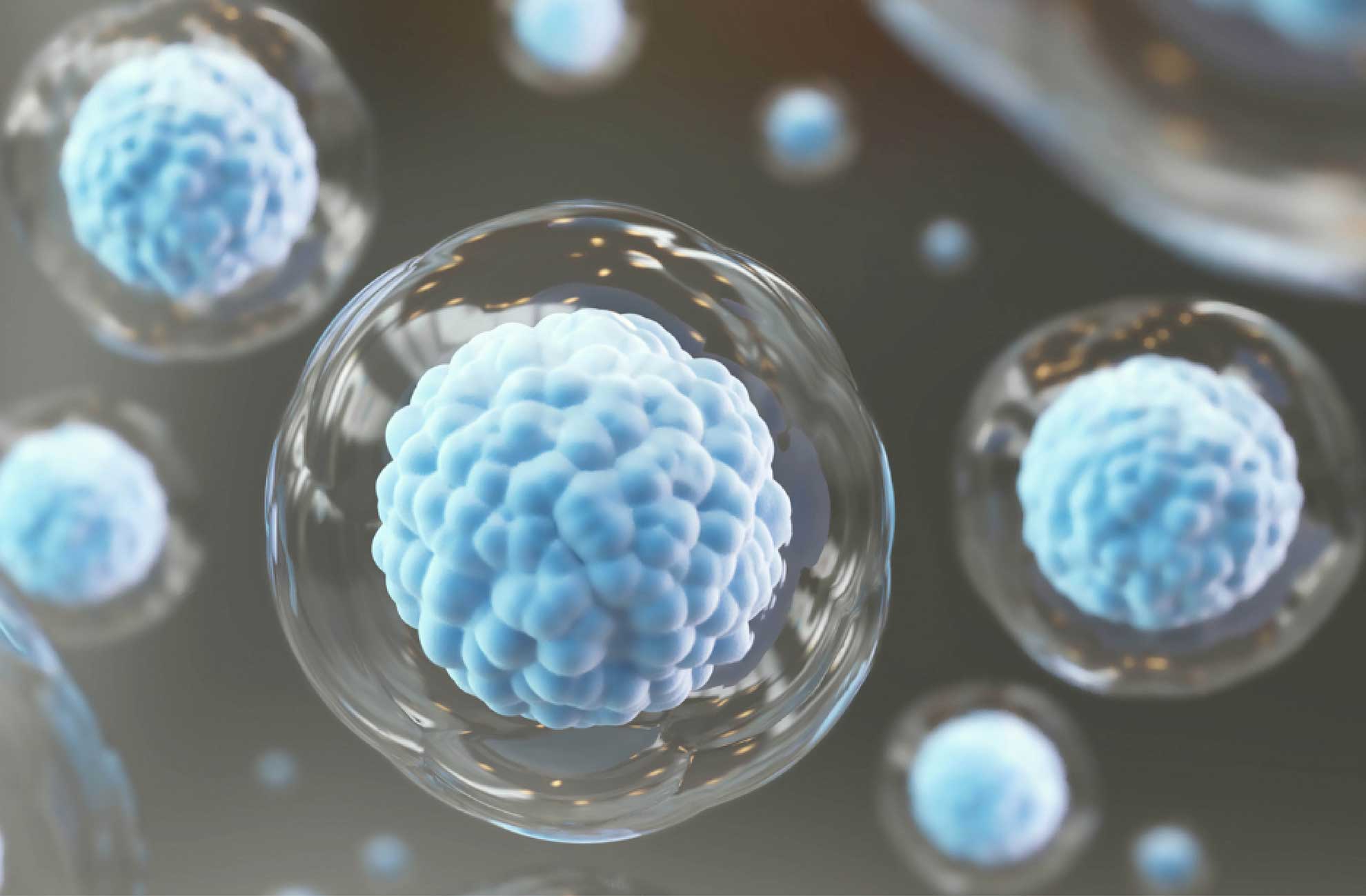21 March 2023
Quantitative and specific determination of endotoxins
FUJIFILM Wako offers reagents and accessories for the Limulus Amebocyte Lysate Test (LAL), for the detection and quantification of bacterial endotoxins.
The method is widely used by the pharmaceutical and biotechnology industry. Wako’s LAL reagents are manufactured due to its unique formula of a LAL reagent specific to bacterial endotoxins without the interference of beta glucans in the samples. The LAL reagent reacts specifically with endotoxins, inducing clotting of the solution and through this an increase of the turbidity, which can be monitored either through Gel Clot Assay (GCA), or quantitatively by performing a Kinetic-Turbidimetric Assay (KTA) or Kinetic-Chromogenic Assay (KCA). The KTA and KCA reagents are available as multiple assay bottles or single-test tubes and thus can be performed by using a microplate reader or in combination with the Toxinometer® ET-7000. Toxinometer® ET-7000 is a computerized kinetic incubation reader which can incorporate 3 test methods: gel-clot, KTA and KCA. This device allows to obtain gel-clot and KTA results from the same sample. The software provides all the functions for data processing and report preparation for the LAL test.
The accessories, especially the test tubes are produced free from endotoxins, made of borosilicate glass and designed for the gel-clot method. The glass thickness can be specifically calibrated to the Toxinometer® for stable light intensity and transmittance.
All FUJIFILM Wako methods are listed in the pharmacopoeia and several products comply with all the norms, regulations and quality standards established by the FDA.
Wako recently launched the PYROSTAR™ Neo, which is a new recombinant LAL reagent developed by recombinant technology for the specific detection of bacterial endotoxins. It is a lyophilized reagent and is used to produce reactive factors equivalent to Factor C, Factor B and a coagulation enzyme precursor, which constitute the horseshoe crab’s endotoxin reaction function.
Furthermore, FUJIFILM Wako also offers the SLP reagent (Silkworm Larvae Plasma), which strongly reacts with Peptidoglycan and β-D-Glucan, inducing formation of black melanin pigment, which can be monitored, either through visual detection, or quantitatively by measuring the absorbance at 650 nm in combination with the Toxinometer® ET-7000.
For further information, please check wako-pyrogen.com

 Find products for your research
Find products for your research


